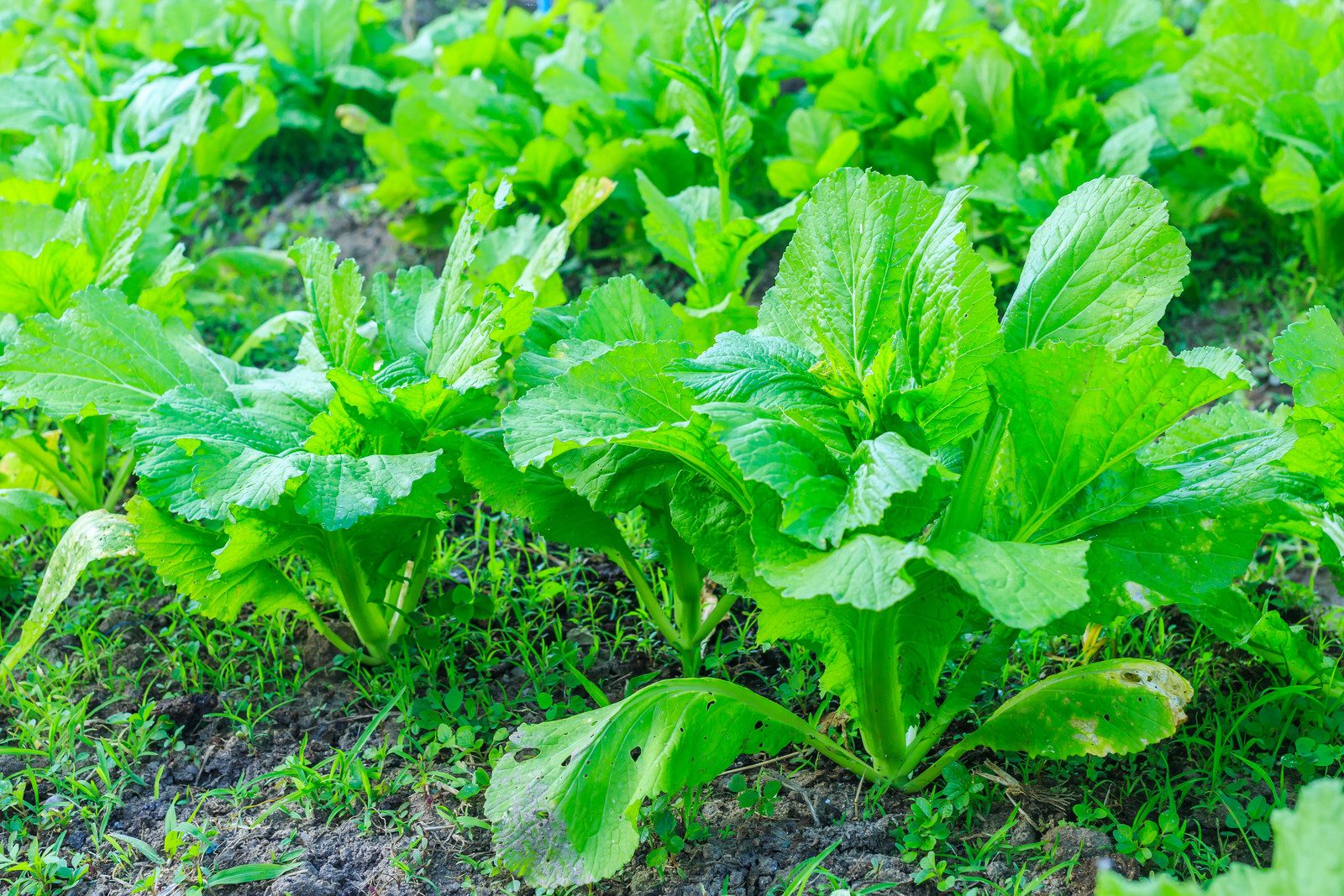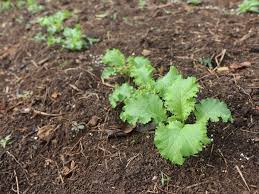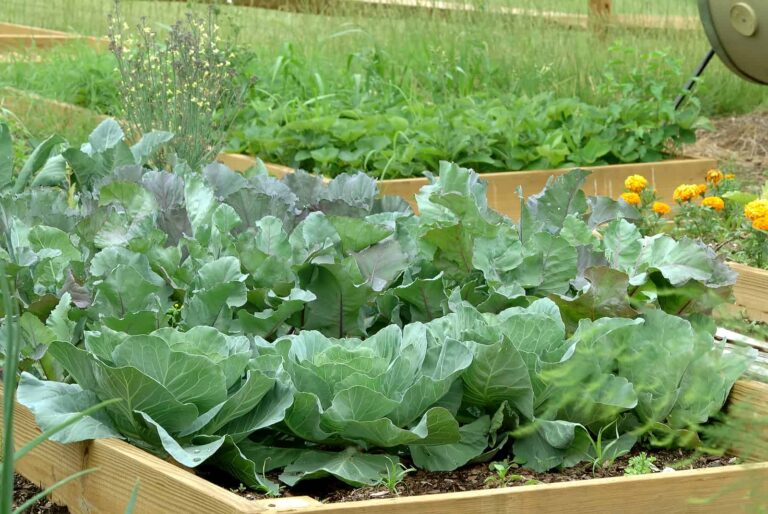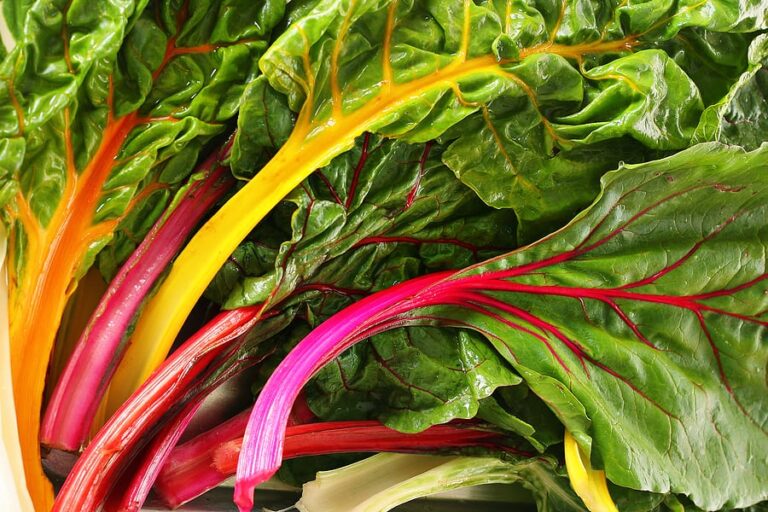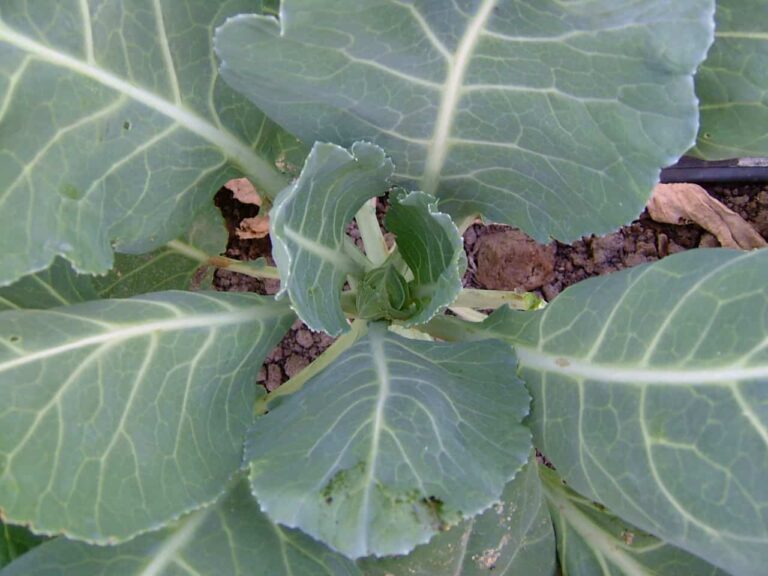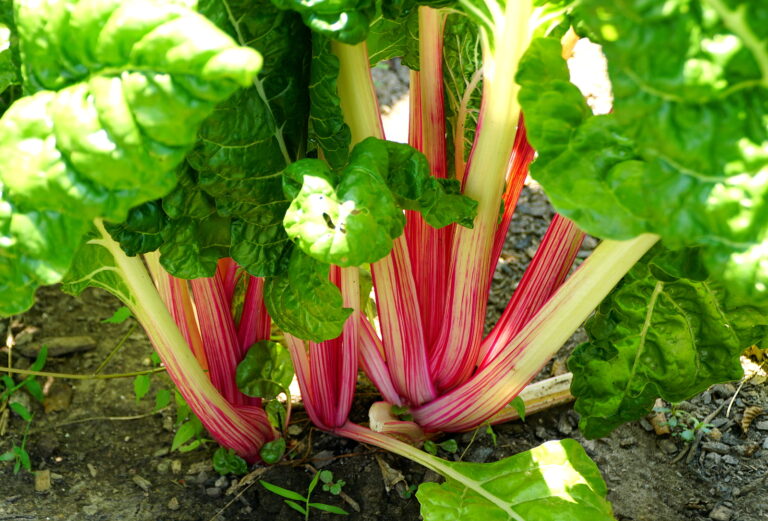Common Kale Pests and Diseases and How to Treat Them Naturally
Kale is a hardy, nutrient-rich leafy green, but it’s not immune to pests and diseases. Even in the best conditions, insects and fungal problems can threaten your harvest. Fortunately, most issues can be managed with natural methods that keep your garden—and your food—safe and chemical-free. Below, you’ll find the most common kale pests and diseases, along with organic treatments and prevention tips.
Common Kale Pests
Kale belongs to the brassica family, making it a favorite target of insects like cabbage worms, aphids, and flea beetles. These pests can damage leaves, stunt growth, and reduce yields.
1. Aphids
- Symptoms: Clusters of tiny green, black, or gray insects on leaf undersides; leaves may curl or yellow.
- Treatment: Spray with a strong jet of water to dislodge aphids. Apply insecticidal soap or neem oil if infestation persists. Encourage natural predators such as ladybugs.
2. Cabbage Worms & Loopers
- Symptoms: Ragged holes in leaves; small green caterpillars or white cabbage moths nearby.
- Treatment: Handpick caterpillars daily. Use floating row covers to block moths. Apply Bacillus thuringiensis (Bt), an organic biological control.
3. Flea Beetles
- Symptoms: Tiny round holes in young leaves; plants may look “peppered” with damage.
- Treatment: Cover seedlings with floating row covers. Dust with food-grade diatomaceous earth. Mulch heavily to deter adults.
4. Harlequin Bugs
- Symptoms: Orange-and-black shield-shaped insects sucking plant sap; leaves may wilt or turn brown.
- Treatment: Handpick and destroy bugs. Use neem oil or insecticidal soap for larger infestations.
5. Cutworms
- Symptoms: Seedlings cut off at soil level.
- Treatment: Place collars (cardboard or plastic) around plant bases. Keep beds free of weeds and debris where cutworms hide.
Common Kale Diseases
Diseases often occur when kale is stressed by poor airflow, wet foliage, or contaminated soil.
1. Downy Mildew
- Symptoms: Yellow patches on upper leaf surfaces; fuzzy gray mold underneath.
- Treatment: Space plants for airflow. Remove affected leaves. Spray with a natural fungicide such as copper or potassium bicarbonate.
2. Black Rot
- Symptoms: Yellow V-shaped lesions starting at leaf edges; darkened veins.
- Treatment: Remove infected plants immediately. Practice crop rotation. Use certified disease-free seed.
3. Clubroot
- Symptoms: Stunted growth, wilted leaves, swollen or deformed roots.
- Treatment: Remove and destroy infected plants. Raise soil pH above 7.0 with lime to deter the fungus.
4. Powdery Mildew
- Symptoms: White powdery coating on leaves.
- Treatment: Improve airflow and reduce overhead watering. Spray with a homemade solution of 1 tablespoon baking soda, 1 teaspoon mild soap, and 1 quart water.
Quick Reference Chart: Kale Pests & Diseases
| Problem | Key Symptoms | Natural Treatments | Prevention Tips |
|---|---|---|---|
| Aphids | Leaf curling, sticky honeydew | Water spray, neem oil, insecticidal soap | Encourage ladybugs, avoid excess nitrogen |
| Cabbage Worms | Ragged leaf holes, green caterpillars | Handpick, Bt spray, row covers | Cover plants early, rotate crops |
| Flea Beetles | Tiny round holes in leaves | Row covers, diatomaceous earth, mulch | Remove weeds, keep soil moist |
| Harlequin Bugs | Orange-black bugs, wilting leaves | Handpick, neem oil, insecticidal soap | Remove plant debris, rotate crops |
| Cutworms | Seedlings cut at soil line | Plant collars, clear debris | Till soil before planting |
| Downy Mildew | Yellow spots, fuzzy gray underside | Remove leaves, copper spray | Space plants, water at soil level |
| Black Rot | V-shaped yellow lesions, dark veins | Remove infected plants | Use clean seed, rotate crops |
| Clubroot | Swollen roots, stunted growth | Remove plants, lime soil to pH 7+ | Rotate crops, avoid infected soil |
| Powdery Mildew | White powdery leaf coating | Baking soda spray, improve airflow | Water early, avoid overhead watering |
Natural Prevention Tips
- Crop Rotation: Avoid planting kale or other brassicas in the same bed for at least three years.
- Healthy Soil: Add compost to promote strong plants that resist pests and disease.
- Companion Planting: Grow kale near aromatic herbs like dill, mint, or rosemary to deter insects.
- Regular Inspection: Check plants daily and treat problems early before they spread.
Final Thoughts
Growing kale organically requires vigilance, but natural solutions are effective and safe for your garden ecosystem. By maintaining healthy soil, practicing crop rotation, and using preventive measures, you can enjoy a steady harvest of clean, crisp kale leaves.
🥬 Kale Learning Hub
Start here: The Ultimate Kale Growing Guide: From Seed to Harvest
1. Types and Varieties of Kale
- Different Types of Kale Explained: Curly, Flat, Russian & Tuscan
- Best Kale Varieties for Different Climates
2. Planting and Timing
- Kale Seed Starting Tips
- When to Plant Kale for Fall, Winter, and Spring Harvests
- Succession Planting Kale for a Continuous Harvest
- How to Space and Thin Kale for Maximum Yield
- Zone-by-Zone Kale Planting Calendar
3. Seasonal Growing
- How to Grow Kale in Cold Climates and Overwinter Successfully
- Can You Grow Kale in Summer? Tips for Heat-Stressed Plants
4. Care and Maintenance
- How Much Water Does Kale Need? A Watering Guide
- How to Fertilize Kale for Lush Leaf Growth
- Best Companion Plants for Kale (And What to Avoid)
- How to Prune Kale for Continued Production
5. Container Gardening
6. Pests and Diseases
7. Harvest and Storage
- How to Harvest and Store Kale
- How and When to Harvest Kale Leaves for Best Flavor
- Tips for Extending Kale Harvest Through the Season
8. Kale in the Kitchen

